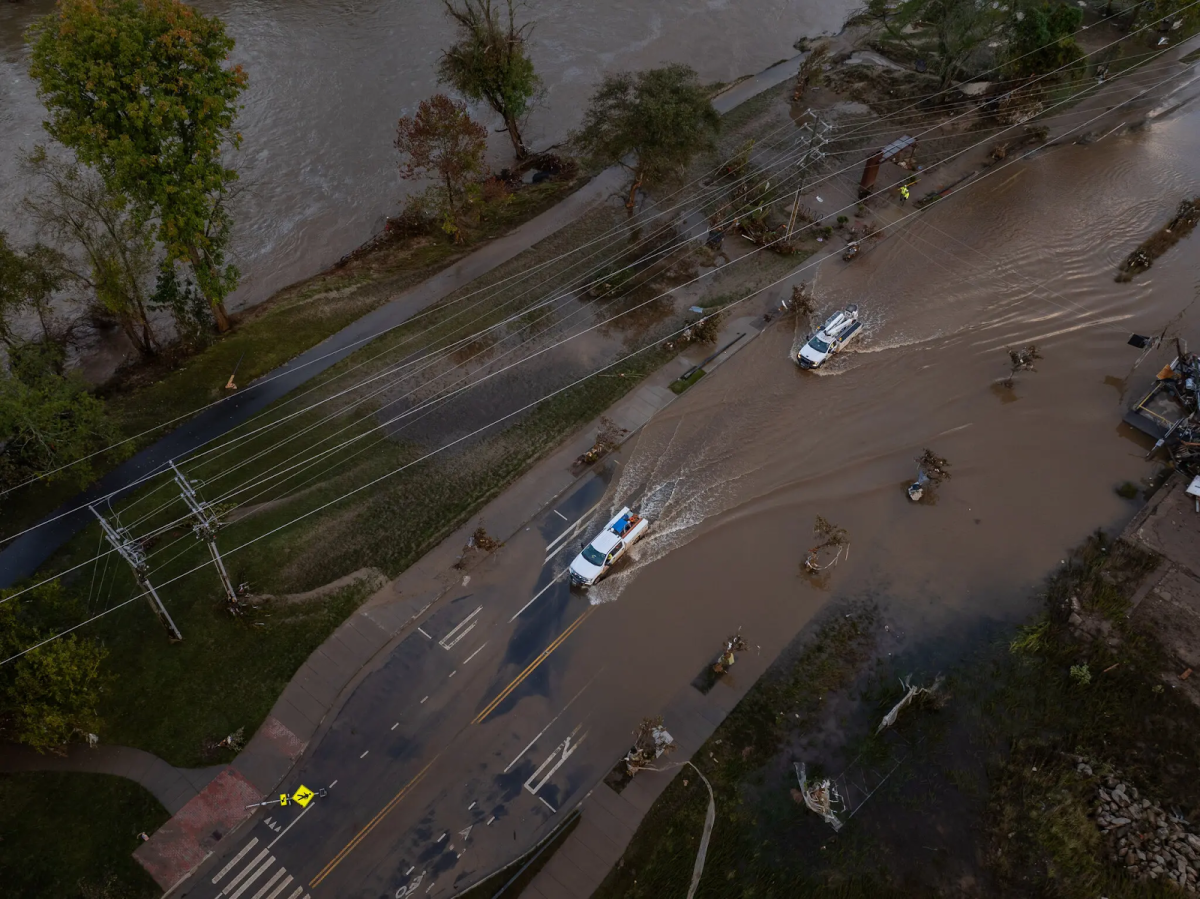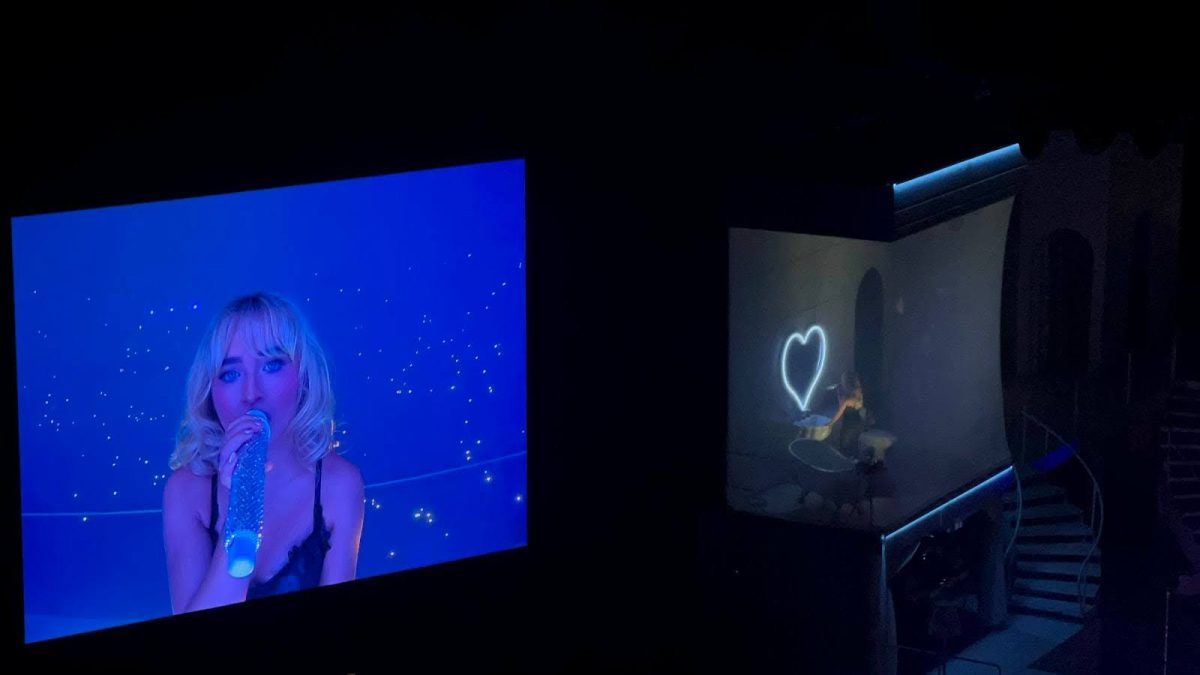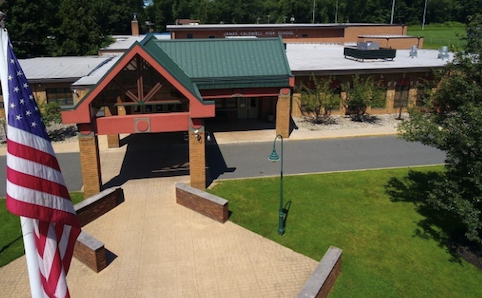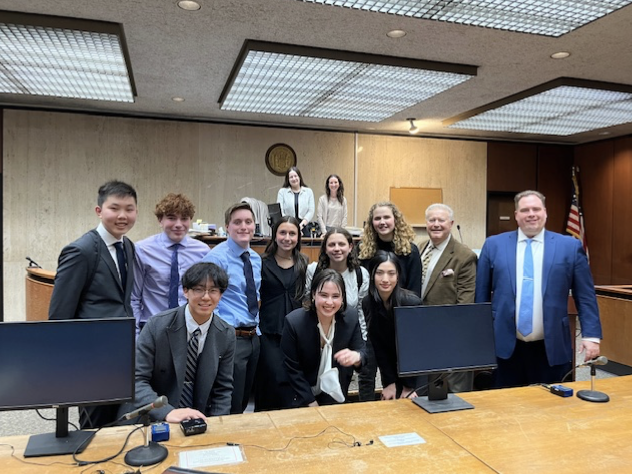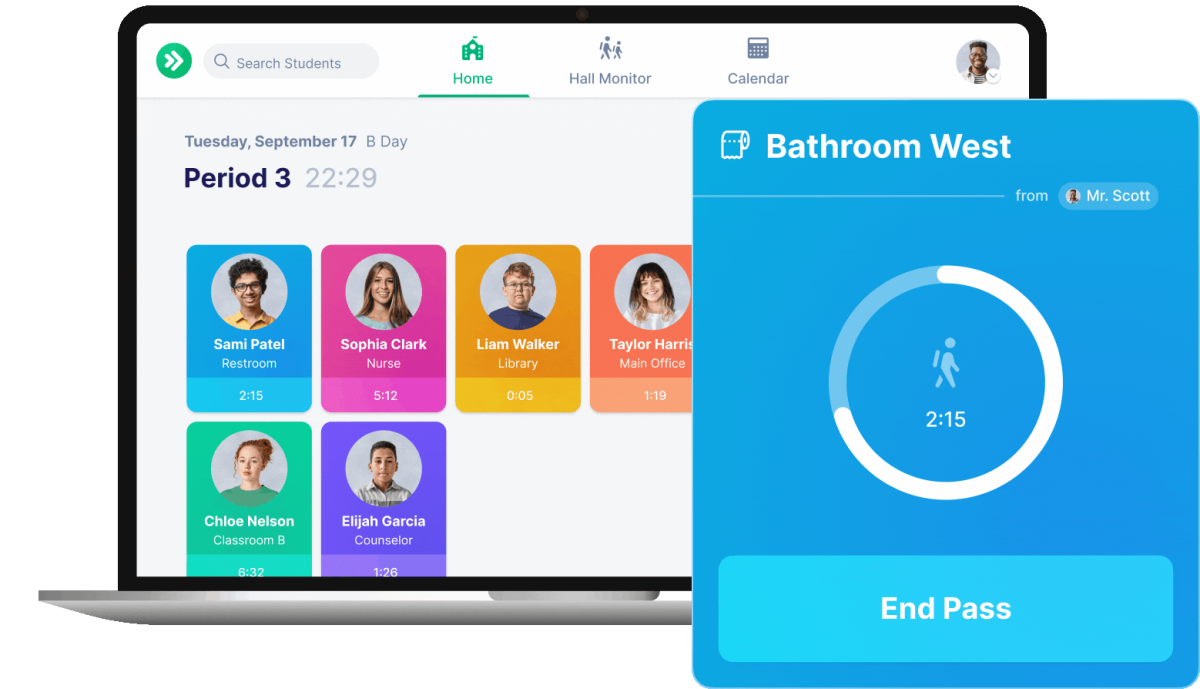A journey of 300 million miles came to an end on November 26, 2018, as NASA’s InSight Mission landed on Mars after traveling through space for a little over six months. The NASA mission cost $814 million, but it was well spent due to the fact that scientists can now study the secrets of the Martian planet.

InSight will help scientists understand how Mars and other planets were formed through it’s collection of tremors or “marsquakes” which will make a map of Mars’s interior. Bruce Banerdt, the principal investigator of the InSight mission, states, “We can basically use Mars as a time machine to go back and look at what the Earth must’ve looked like a few million years after it formed.” To answer scientists burning questions of how thick the crust of the red planet is, how often the ground shakes, and how much heat is produced from the core, InSight will use two instruments to study the planet. The first instrument is essentially made up of seismometers contained within a dome shaped package. The seismometers are built to measure surface movements, and they will produce images of the inside of Mars. In addition, the second instrument is a heat probe that will be able to dig sixteen feet down into the ground, and it can determine how much heat is flowing out of the body of the planet and the source of that heat.
Accompanying InSight on its journey were the two identical spacecrafts, Mar Cubes One,

or MarCO A and B cubesats, and it was the first time this technology went on an interplanetary voyage. These spacecrafts were specifically sent to relay live communications about InSight’s landing to Earth, and it successfully sent pictures near real-time from Mars. After the long trip, the B cubesat sent a farewell image of Mars as InSight landed.


